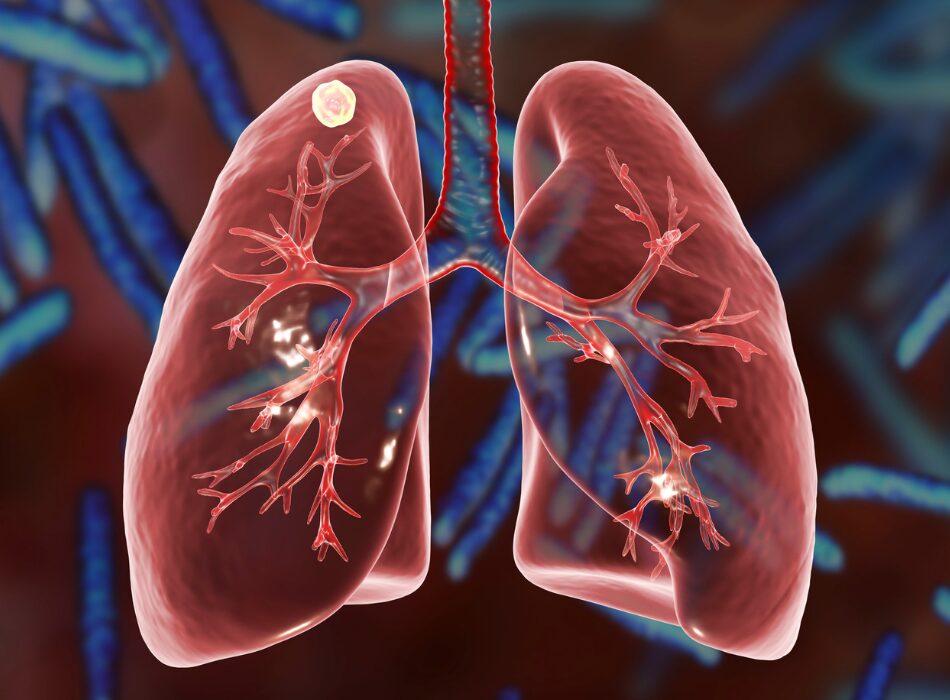Tuberculosis (TB) remains a significant global health challenge, affecting millions of people every year. Despite medical advancements, TB continues to pose a threat to public health worldwide. In this blog post, we will delve into the basics of TB, its symptoms, treatment options, and provide insights into its global prevalence through statistical data.
What is Tuberculosis (TB)? TB is an infectious disease caused by bacteria called Mycobacterium tuberculosis. It primarily affects the lungs but can also target other parts of the body, such as the kidneys, spine, and brain. TB spreads through the air when an infected person coughs or sneezes, making it highly contagious.
Symptoms of TB: The symptoms of TB can vary depending on the stage of the infection. Common signs and symptoms include:
- Persistent cough that lasts for more than three weeks
- Chest pain
- Coughing up blood or sputum
- Fatigue
- Fever
- Night sweats
- Loss of appetite
- Unintended weight loss
Treatment Options: TB is treatable and curable with the right medication regimen. The most common treatment for TB involves a combination of antibiotics taken over several months. It’s crucial for patients to complete the full course of medication to ensure the bacteria are completely eradicated and to prevent the development of drug-resistant strains.
Global Impact of TB: Key Statistics
- According to the World Health Organization (WHO), TB is one of the top 10 causes of death worldwide.
- In 2020, an estimated 10 million people fell ill with TB globally.
- TB is a leading cause of death among people living with HIV/AIDS. In 2020, approximately 1.5 million people died from TB, including 214,000 people with HIV.
- The burden of TB is disproportionately high in low- and middle-income countries, with over 95% of TB deaths occurring in these regions.
- Drug-resistant TB remains a significant concern, with an estimated 465,000 new cases of multidrug-resistant TB (MDR-TB) reported in 2020.

